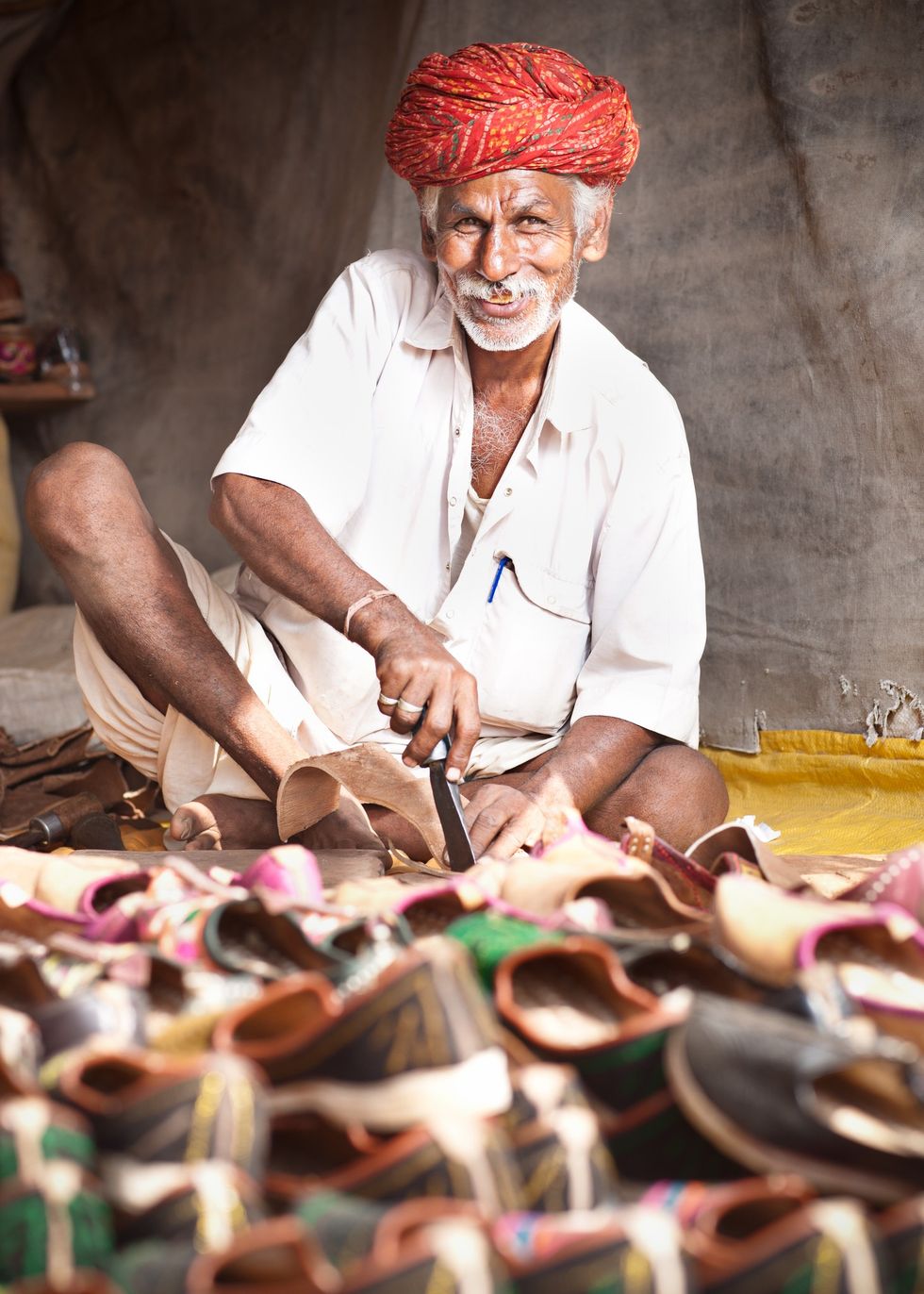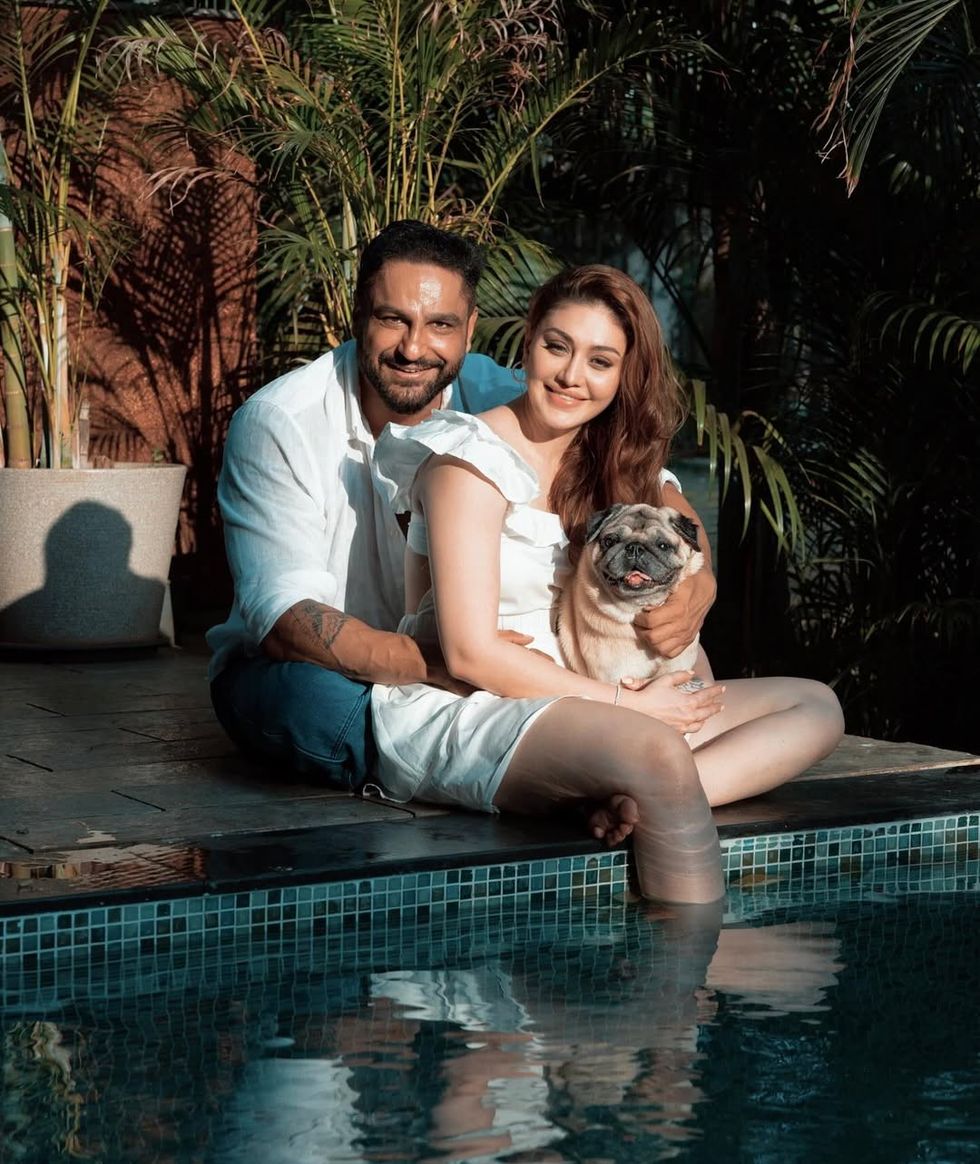Bajrang Punia gave India its first gold medal as he registered a come-from-behind victory over Seungchul Lee of Korea in men's 65kg freestyle on the penultimate day of the Asian Wrestling Championship in New Delhi on Saturday (13).
Sarita, meanwhile, bagged a silver medal in women's 58kg category.
After registering a fabulous 6-2 win, Bajrang celebrated by taking a victory lap with the tri-colour on his shoulders.
In his gold medal bout, the 23-year-old Indian conceded two points in the opening half to lag behind 0-2 at the break.
However, Bajrang made a strong comeback in the second half, not allowing his rival from Korea to earn any more points.
He first pushed his opponent out of the mat to take a point and then took the Korean down for two more to lead 3-2.
From there on, Bajrang displayed an attacking game and never let his rival come back into the contest. He subsequently added three more points to his credit to wrap up the bout in style.
"My strength is my stamina and I played accordingly. I was told by my coaches and mentor to attack more and I followed the strategies well to come out as a winner," said Bajrang after the medal ceremony.
"A gold is a gold and it cannot be compared to either silver or bronze. This is my first gold medal in a major international tournament and very happy to have achieved it," he added.
London Olympics bronze medallist Yogeshwar Dutt was present on the sidelines to witness his prodigy win the gold medal.
"I asked him (Bajrang) to attack all the time and not to be defensive and that paid dividends. Winning a gold medal in the Asian Championship is a really big thing," Dutt said.
Bajrang earlier made the final of his weight division with a hard-fought 3-2 victory over Kukgwang Kim in the semifinal round.
Putting up a brilliant show on his way to the gold medal round, Bajrang got the better of last edition's Asian Championship gold-medallist Meisam Nassiri of Iran 7-5 in the quarterfinal after beating Uzbek wrestler Sirojiddin Hasanov 4-3 in the qualification round.
In fact, Bajrang had lost to Iran's Nassiri in the World Cup and on Saturday he managed to avenge his defeat.
However, gold medal eluded Indian women wrestlers even as this was their best ever performance at the Asian Championship with six medals, including four silver and two bronze. In the 2003 edition, India had won a total of five medals that included two silver and three bronze.
The Indian women's team finished second in the championship after Japan, who clinched the top position.
Sarita lost 0-6 to Aisuluu Tynybekova of Kyrgyzstan in the final of women's 58kg to settle for a silver.
Having climbed down two kilograms to 58kg from 60kg after Sakshi Malik and she interchanged their respective weight categories, Sarita came up with a fine performance before going down tamely in her gold medal bout.
"Coming down two kilograms is not a big deal. It is natural for us to jump up and down 2-3 kilograms and right now my original weight is 58kg, so I was comfortable fighting in this category. I want to continue the good show and prepare to qualify for the World Championship in August," said Sarita.
She failed to put up a fight and was completely outplayed by the Kyrgyzstan wrestler. Sarita was lagging behind from the very beginning as her rival clinched two points twice in the first half by taking her down to lead 4-0 at the break. In the second half also, the wrestler from Kyrgyzstan continued to dominate and earned two more points to seal the match in her favour.
Sarita's journey to the final was a cake walk as she thrashed Uzbekistan's Asem Seydametova 10-0 in the quarters before defeating Thi Huong Dao of Vietnam 12-0 to make the gold medal bout.
In men's 97kg category, Satywart Kadian, Sakshi Malik's husband, went down in his repechage bout to lose out on a place in the bronze medal play-off. He lost to Batzul Ulziisaikhan of Mongolia 5-8 in a closely-fought contest.
In the qualification round, Satywart lost to Magomed Ibragimov 2-2, but since the Uzbek grappler made the gold medal round, the Indian got a chance to fight in repechage.
Meanwhile, Olympian Sandeep Tomar suffered a knee injury to bow out of the tournament early in men's 57kg. Tomar was in a winning position when he sustained the injury and that resulted in him losing 5-6 to Ulukbek Zholdoshbekov of Kyrgyzstan.
In the men's 74kg, Jitender crashed out of the tournament after losing to Tsubasa Asai of Japan in the quarterfinal round 7-8.















 Prada confirms Kolhapuri chappals inspired its 2026 Milan collectionInstagram/
Prada confirms Kolhapuri chappals inspired its 2026 Milan collectionInstagram/ Kolhapuri chappals have been crafted for centuries and received GI tag in 2019 iStock
Kolhapuri chappals have been crafted for centuries and received GI tag in 2019 iStock 
 Shefali Jariwala dies at 42 after cardiac arrest, industry mourns Kaanta Laga starInstagram/
Shefali Jariwala dies at 42 after cardiac arrest, industry mourns Kaanta Laga starInstagram/ Shefali Jariwala was married to actor Parag Tyagi,Instagram/
Shefali Jariwala was married to actor Parag Tyagi,Instagram/